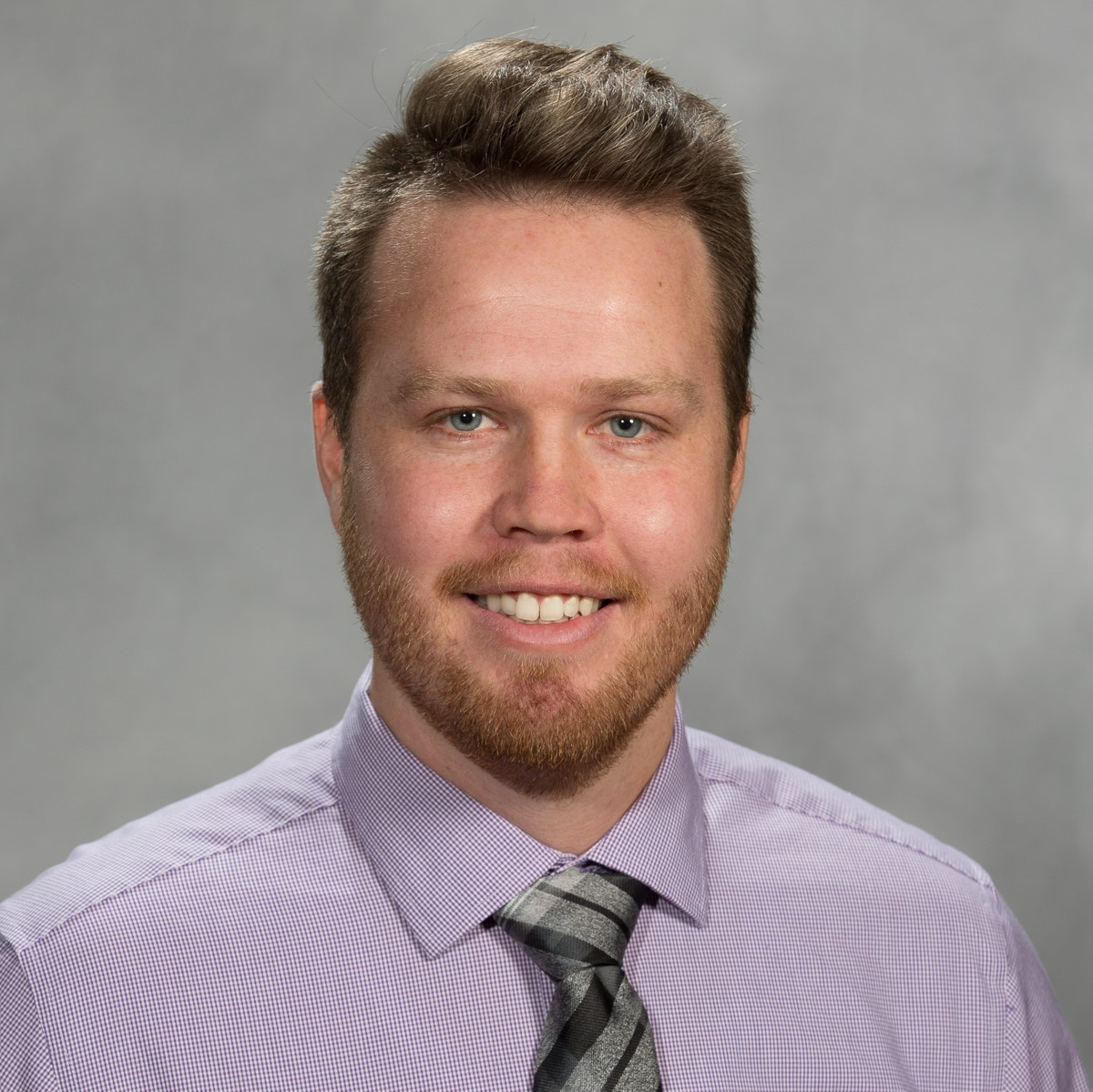Curtis Pozniak, professor and director, University of Saskatchewan

Follow @CurtisPozniak and @CDC_USask on Twitter!
Professor of wheat breeding and genetics at the University of Saskatchewan (USask) and director of the Crop Development Centre (CDC), Curtis Pozniak grew up on a farm in Saskatchewan and lives in Saskatoon with his wife Maureen and two sons Marcus and Jonathon. Curtis has an undergraduate degree in plant science and environmental science and a PhD from USask where he is now a professor.
Where did you work before USask?
I’ve been a professor at USask since 2003. After I completed my graduate degree in 2002, I moved into a faculty breeding position in the CDC and in 2020 I became the director for a five-year term.
What got you interested in this area of work?
I was born and raised in Saskatchewan and I’ve always been interested in agriculture. I came to university to become an agronomist, so I could go back to work on the farm where I grew up, but I got hooked on genetics and plant breeding and decided to stay. I met some really interesting professors and I think it was the mentorship from a number of professors and people that really piqued my interest and supported me along the way. In a way, it’s a bit of a Cinderella story to be able to work at the university I trained at, in the province where I grew up, in an industry that is important to me and my family.
Tell us a bit about what you’re working on at USask.
As plant breeders, we focus on a number of traits when we are improving varieties for western Canadian farmers. Its important to have disease resistance, for example, to ensure the variety has yield stability, so disease pathogens don’t infect the plants and ultimately the yield. We focus on the five priority-one diseases in Western Canada: Fusarium head blight (FHB), leaf rust, stem rust, stripe rust and common bunt. We are working on a couple of projects that focus on some of these key priority diseases, funded partially by Manitoba Crop Alliance (MCA).
FHB is one of the biggest challenges for disease resistance breeding in Western Canada. Durum wheat, which is what I focus on, is possibly the most susceptible of the wheat classes that we grow in Western Canada. Although there is very little genetic resistance to FHB in durum wheat, there is some that tends to be controlled by what we call minor genes. Essentially, minor genes don’t have a large effect on their own, but when combined one at a time, you get this slow build up of resistance. The objective of the Multi-pronged FHB management strategy in Western Canada through insights into pathogen virulence mechanisms project is to identify those genes and how they work and bring them together in this additive way to collectively improve FHB resistance in durum wheat. That project is interesting because we are focusing on both the plant and the pathogen. When you think about diseases, the interaction between the plant (the host) and the pathogen is either a resistance response or a susceptibility response. We are identifying the genes that cause resistance in the plant, but we are also trying to understand the pathogen and what the pathogen is doing to infect the plant. We hope that if we bring those two pieces together, we will have a complete picture of how the host and the pathogen interact with one another so we can make plants more resistant.
Maximizing durable disease resistance in wheat is another interesting project where we are identifying novel resistance genes that haven’t yet been deployed in plant breeding. Through this project, we are collecting and screening some of wheat’s wild relatives (wheat species that still grow in the wild) with the diseases that are important for our environment. We identify those that are resistant and perform very detailed genetic studies to identify the underlying genes that are causing that resistance. Next, we bring those resistant genes into commercial varieties that farmers want to grow.
What can you say about the value of farmers providing funding and support to your organization?
Support from farmers is critical to our success. It’s an excellent example of a win-win relationship, where farmers are funding research that is important to their farms and, in turn, our breeding programs are tackling the problems with the biggest impact on farms. It’s an intimate relationship where there is two-way communication on the research priorities we can focus on, and then deliver on in the form of improved varieties for western Canadian farmers. In my program and certainly in the CDC, funding from farmers keeps us grounded in working on the priorities of farmers and in tackling those big problems that are immediate for them.
How does that farmer funding and support directly benefit farmers?
Ultimately, in the form of new varieties – new, high-yielding varieties that are resistant to diseases and are marketable with the end-use quality profile that demands a premium in the international markets. We’ve done a number of studies at the university that have shown in our CDC programs for every dollar invested by growers they are getting a $12 return. It’s an excellent example of the benefit that farmers are getting through new varieties.
How do you spend your time outside of work?
I’m a singer and guitar player in a rock and roll band in Saskatoon. I’ve been a musician my whole life, playing concerts, cabarets, gigs and parties since I was about 10 years old. Once a week, the band gets together and we play songs – I really enjoy that. It helps me turn off from work and do something completely different that is artistic and fun. It’s sort of my adrenaline rush. Summer is looking busy, so that’s good!
What is the best part about your job?
The diversity of what I get to do. In my own research program, I focus on developing new varieties for western Canadian farmers. I focus on durum wheat, as well as Canadian Prairie Spring Red wheat, but I also have a strong genetics and genomics research program that focuses on developing molecular tools that then flow in and assist the plant breeding program. And in my role as the director of the CDC, I get to engage with the industry, industry partners and our stakeholders from across the value chain. I get to work with some great scientists every day, it’s a very diverse place. That’s what I really like about my job, the diversity and connecting that basic research to varieties that are ultimately grown in farmers’ fields.
How do you celebrate agriculture?
I live ag! Celebrating ag is seeing the varieties that the CDC and my collaborating breeders develop grow on our farm. That is the celebration – to see the fruits of our research growing in a farmer’s field.
What is the best piece of advice you’ve received?
Don’t take the easy road, think outside the box. When I was in my PhD, I wanted everything to be perfect and it never really was. Then I realized it was because I was anticipating the outcome instead of seeing where the path takes me. Always keep an eye to the future.
Follow @CurtisPozniak and @CDC_USask on Twitter!














